Review: ZTE Salute
Sep 9, 2010, 4:43 PM by Eric M. Zeman
ZTE's first effort for Verizon Wireless demonstrates that some times it is best to start with the basics before moving on to more advanced devices.
Form
Is It Your Type?
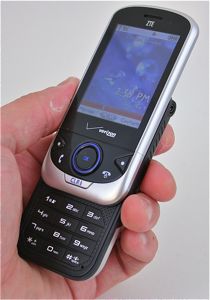
Nostalgic, "real phone" lovers might find the ZTE Salute appealing, as it recalls simpler times (like, perhaps, 2007), when vertical sliders with basic operating systems and 12-key dial pads were the norm. If you want a simple device that looks decent and functions (mostly) well, the Salute might just earn a smart snap of the right hand to your right brow.
Body
The ZTE Salute is a compact vertical slider. It is made from smooth plastics that feel good in the hand. It is a little weighty, but the ounces ought to make most users more confident in the phone's build quality. It is narrow enough that I was able to close my fist around it. That's a rare quality in phones these days. The edges are all rounded, with smooth corners making the Salute a pleasure to use. It easily slides in and out of pockets. It may be a little vanilla when it comes to looks, but the black and silver selections give it just the right amount of conservative coloration.
The Salute has a fairly typical set of controls for its form factor. The D-pad, which is about the size of a nickel, is tucked close to the bottom edge of the Salute (when closed). It has a perfectly-sized ridge that makes it easy to find and use with your thumb. The travel and feedback was excellent.
The send and end keys are flush with the surface of the surface of the Salute, but their size and proximity to the D-pad makes finding and using them a breeze. The two soft keys are large triangles that stand out starkly from the surface of the Salute. Despite being easy to find, I felt the triangular buttons a bit uncomfortable to use, as my fingers often ended up on the points. Rounder buttons would have been nicer. A large "clear" button is located beneath the D-pad. It also doubles as a mute button, something you don't see on phones too often.
The volume toggle is placed on the left edge of the Salute. It is a bit too flush with the surface for my tastes, making it somewhat difficult to find in a hurry. It doesn't help that a small button for the speakerphone is placed right next to the "down" volume control. It is easy to accidentally turn on the speakerphone when you intend to lower the volume. The travel and feedback of these three buttons is minimal. Below them is the hatch covering the microUSB port. The hatch is fairly difficult to open. I had to resort to using whatever was nearby (pen, pocket knife, etc.) to pry it open.
A 2.5mm headset jack is placed on the right edge of the Salute. It's a shame that ZTE didn't opt for a 3.5mm headset jack. The 2.5mm jack means users will need to use special headphones or an adapter to use most music headphones. There is a dedicated camera button on the right side, as well. It is much easier to find and use than those on the left side of the Salute. It has excellent travel and feedback.
The slider mechanism feels solid and strong. The Salute snaps open with a spring-assisted "thock" and has zero wobbly, side-to-side play.
I honestly can't remember the last time I reviewed a phone with a regular, 12-key dial pad. The Salute's dial pad is average. It lacks a fancy layout or colors, but the keys are large, well-shaped, and have good travel and feedback. Dialing or texting in the Salute with your eyes closed won't be a problem.
The Salute doesn't have a microSD memory card slot, which must disappoint the media lovers out there.
The Three S's
Screen
The Salute has a 2.4-inch QVGA display (240 x 320 pixels.) In 2005, that was the bees knees for the best smartphones, but now it is an average display for low-end feature phones. It has a dull, granular look to it. It is easy to make out pixels along text and graphic edges, but it is by no means terrible. Indoors, it works just fine and there are no issues with visibility. Outdoors, however, the screen completely washes out. It was forced to seek shadows to attempt to read the Salute.
Signal
The Salute uses Verizon's 1xRTT voice/data network, and not the faster EVDO 3G network. In many places, the Salute held onto just a single bar of service. During my entire testing period, it averaged perhaps two bars, and never exceeded three bars. Despite the signal strength measurements, voice calls never had any problems connecting. The Salute dropped down to zero bars in the NJ vault (local ShopRite), but was still able to make and receive calls. Data sessions are a different story altogether. Anything to do with the mobile internet was flat-out painfully slow. WAP web sites were excruciatingly stubborn to load.
Sound
Voice calls with the Salute were decent, but not stellar. I noticed occasional noises, echoes, and static. Some of it was nettlesome enough to interrupt calls, but most of the time it wasn't a call killer. Volume of the earpiece was good enough for most public places where you might find yourself, such as a mall or coffee shop. It wasn't quite loud enough for use in the car, or noisier places such as a city street. The same goes for the speakerphone. It will work fine in a home or small, closed office, but it won't be of much use as an alternative in the car or a noisy conference room.
Battery
One thing about simpler phones that I love is battery life. The Salute lasted for what felt like years (OK, perhaps that's some hyperbole). In all seriousness, I charged it once, and it last the entire review period of four days. That's not too shabby at all. Going away for the weekend and expect to only use the Salute for some calls, light texting, email, and data? I'd say you can safely leave the charger at home.
Basics
Menus
Veteran Verizon customers will feel right at home with the Salute, as it uses Verizon's tried-and-true (tho stale-and-stingy) feature phone operating system.
The home screen is a simple look at wallpaper, with three choices (Message, Menu, Contacts). The D-pad has been pre-programmed with shortcuts for certain applications, such as the browser and calendar. These can be customized by the end user. I really liked one of the stock choices, however. Pressing the D-pad to the right opened a short drop-down menu with quick links to New TXT, Email, Bluetooth On/Off, and the Alarm clock.
The main menu is a simple 9-icon grid. Pressing the corresponding number of the dial pad will open each menu item. Open any of them, and the familiar Verizon system appears, with a dock running along the top and the line items appear underneath each icon as users navigate sideways through the menu. This menu system has been around forever, so pretty much anyone who's ever used a Verizon Wireless feature phone in the past five years will feel at home.
I wish that each individual drop-down menu were customizable. Allowing users to re-order the sequence of selections would really speed up the Salute's usability and reduce the number of clicks required to take some actions.
For example, the first option in the Media Center is "Search." That's not typically what I want to do when I open the Media Center. I probably want to listen to music. Too many of the options are redundant. Guess what the "Tunes & Tones," "Browse & Download," and "Extras" selections all do: take you to Verizon's BREW-based Get It Now mobile content stores. Lame.
Instead of offering concrete applications, it offers cryptic folders. Just give me apps that do what I want!
Calls/Contacts
Calls
The Salute uses all the same software that current Verizon Wireless phones use for the calling and contact applications.
With the phone closed or open, hitting the send key brings up your recent calls list. Using the arrow keys up and down, you can select from the on-screen call list. Using the arrow keys left or right segregates between Missed, Made, All calls, etc. With a call record selected, hitting the send key will initiate a call, hitting the OK button will open up the call details. Here, your options are limited to adding the number to contacts or deleting the call record.
When in calls, you have complete access to your messaging, contacts, and notes applications, which is always useful if you need to look up information during a call.
Contacts
The contacts application always places your "In Case of Emergency" contact at the top of the list. This is a thoughtful touch, and lets you - or someone who finds your unconscious body - find the most important person in your life and contact them quickly.
With the contact app open, the default is a search mode. Start typing a name, and the app auto-sorts through your contact database to find the appropriate person. Each contact stores at least 4 different numbers, two email addresses, plus fax numbers. With a contact open, initiating a text message or call is a simple tap of a button away.
Messaging
You can send text messages with the Salute closed — as long as you don't mind using the pre-loaded quick text options (or your own, if you customize them).
You can see new messages as they arrive, and have full access to your email, SMS, MMS, and IM inboxes without the need to flick open the Salute. If you need to send more than a predefined note, however, you'll have to slip it open.
On the home screen, the left soft key brings you to the messaging menu. This SMS/MMS application is the same that we've seen before from Verizon, and lacks advanced features such as threaded conversations.
Emails can be set up two different ways. You can use Verizon's email service, or access your POP3 accounts via the Web browser. The included email application, which costs $5 extra per month unless you have subscribed to unlimited data, is easy enough to use for setting up and accessing POP3 accounts. These are extremely basic and limited email features. Exchange is not supported at all.
The IM application is exactly the same as on other Verizon phones. It plays nice with AIM, Windows Live Messenger, and Yahoo IM.
Disappointingly, there are no social networking apps or clients on board, not even Verizon's newer application for Facebook, Twitter, and MySpace updates. If you want Social Beat, you have to use Verizon's Get It Now store to find and download it (for free). Of course, users can resort to using short code text messaging tools to update their Twitter and Facebook status, but remember that will eat into your monthly allowance for messages. Also, it's archaic.
If you choose to snag the Social Beat app, you'll have rudimentary access to Twitter, Facebook, and MySpace. The app bundles all status updates into one place, and you can read feeds and post your own status accordingly. This means you can cycle through all the different networks quickly, see @replies (but not reply to them) and see DMs.
Extras
Music
Verizon and ZTE have decided to omit the music player from the Salute. With its 1xRTT data, 2.5mm headset jack, and lack of storage, it clearly isn't meant to be a music devices.
I am bummed that Verizon and ZTE would make a decision like this, but obviously there are tons of options for those seeking music features on their phone.
Camera
Camera
The Salute offers a slight variation on the typical Verizon camera features. First, it opens quickly with a press of the dedicated camera key. Let's talk about the camera key for a second. It is placed on the right side of the phone, where dedicated camera keys are placed on most phones. But the Salute is a vertical slider. And the camera interface is stuck in the portrait orientation. That means the camera button is amazingly awkward to use when the Salute is held upright. Thankfully, the D-pad doubles as a shutter button. This begs the question, why bother with the dedicated key at all? You're never going to hold the Salute sideways as you would a camera to take pictures.
As for the user interface, it will be familiar to most Verizon users. The left soft key opens the picture gallery, the D-Pad takes pictures (toggling the D-pad up and down will increase/decrease brightness), and the left soft key opens the options menu.
The options menu is made up of give icons that appear in a dock at the bottom of the screen. They offer the usual tool set of white balance adjustment, color effects, timer, shutter sound control, and resolution adjustment. Pressing the D-pad left or right cycles through these icons. As you scroll over each, a small drop-down menu appears with the options for that given icon. To get at them, press the D-Pad up or down.
When you're ready, it takes pictures in about two seconds. Once a picture is taken, the options are limited to Save, Send, or Erase.
Gallery
The gallery application is unchanged from other phones that use the Verizon UI. It can be opened by jumping through the menu system or by hitting the camera button and then using the left soft key to load the gallery. The latter of these two options is much faster. The gallery lets you see six pictures at a time. When viewing the gallery, hitting the right soft key brings up the expected set of options for moving, renaming and otherwise interacting with your pictures.
Once a photo is open, the right soft key opens a minimal options list that lets you make only the smallest of adjustments to the file name. No fancy editing features here. Heck, no basic editing features here, either.
The gallery does have simple tools that let users send their images to others via MMS, Bluetooth, or a third-party online album.
Photos/Video
Photos
The Salute has a 1.3 megapixel camera and lacks autofocus and a flash. As you can imagine, images are of pretty low quality. Grain was present in every image I captured, both indoors and out. Focus was always soft. I never saw and nice, sharp, clear images. Every picture had a slight haze to it. Beyond that, white balance was hit or miss, colors were dull and lacked warmth, and exposure levels were all over the place.
The Salute might suffice as a basic MMS tool, but I wouldn't use the images captured with it for anything beyond that.
Video
The Salute can not capture video.
Browse/Customize
Browser
The Salute comes with a Polaris WAP browser. Paired with 1xRTT data, this combination is enough to make a person reach for a phone book, instead. The Salute offers one of the slowest, barest browsing experiences I can remember.
First, users are forced to navigate through Verizon's dusty and depressing home page, which, admittedly, does have shortcuts for basic information, such as the weather and sports scores, but hasn't changed in forever.
To navigate to anything on the open web requires a terrible experience of diving through menus, pecking out URLs triple-tap style, and praying that the Salute can find the web site and load it without wigging out.
Loading pages is so slow, one could easily make a trip to the lavatory in between pages. This device is not meant to be a primary mobile web consumption machine. Rather, it's obvious due to the hardware and software limitations that data on the Salute is more for the most casual of use.
Customize
The Salute can be customized as much as any other phone in its class. Wallpapers, ringtones, alerts, and such are all easily adjusted to suit user tastes. As noted earlier, users can also adjust the D-pad shortcuts.
The order and placement of icons in the main menu can be reorganized at will, though the tools to do so are a bit clunky. It can also be set to a list, or tabbed styles. There are also three themes that adjust the coloration of menus, text and backgrounds.
When it comes to fonts, the dialing font can be set to small, medium, or large. The menu fonts can be changed to different fonts, as well as increased or decreased in size. The dialing fonts are large enough for even the most sight-challenged person to read, but the menu fonts can't be made all that large.
Extras
Apps
New applications are limited to those of the Verizon Get It Now quality. There are only a handful of free apps. Most cost several dollars, and more than a few are subscription services that incur monthly fees. The Salute is not meant to be an "app phone."
Bluetooth
The Salute comes with Bluetooth on board. Pairing it with mono headsets was a breeze. Call quality was awful. You're better of using a wired headset for phone calls if you need to go hands-free. The Salute supports a limited number of Bluetooth profiles. I was able to pair with with computers and other phones to push pictures around, but stereo Bluetooth isn't supported.
Clock
The Salute has a great on-screen clock. When the screen is locked, a press of any button will light up the screen, which aptly displays a nice, large clock. It is easily read from an arm's length (though not as easily outside).
GPS
The only navigation option with the Salute is VZ Navigator. On most phones, VZ Navigator works perfectly fine. The Salute's slower wireless data speeds meant, however, that maps and directions loaded incredibly slow. They were so slow, in fact, that you're better off using a dedicated in-vehicle GPS unit. The Salute's navigation features work, but only just, and too slowly to be of use in a fast-moving car.
Wrap-Up
The Salute does one thing really well: It manages calls, contacts and basic communication tools with ease and few frills. Those looking for a device to fulfill telephony and SMS/MMS needs should find plenty to like about the Salute. Anyone seeking more advanced functions will be disappointed.
The menu system is easy to figure out, but some might be tired of the same old thing. The email and social networking options are limited, but do work if you don't mind jumping through some hoops.
Battery life of the Salute was excellent, and despite poor signal strength, the Salute was still able to make and receive calls in even the worst conditions.
The camera software works well enough, but image quality is poor. If you require video capture, look elsewhere, as the Salute doesn't offer it. The fact that the Salute lacks even the most basic media/music player is a puzzle and kills the phone completely for me.
Browsing is slow at best, and agonizing at worst. The cellular radio limitations negate a lot of the branded services Verizon offers, such as V CAST Music, Rhapsody, and Video.
Long story story short, if making phone calls is all you care about, the Salute will do the trick.

Comments
No messages


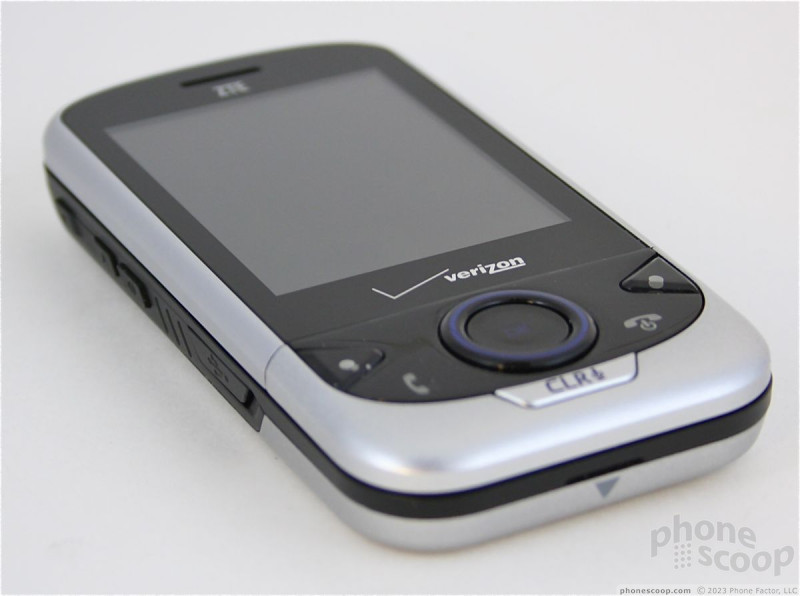










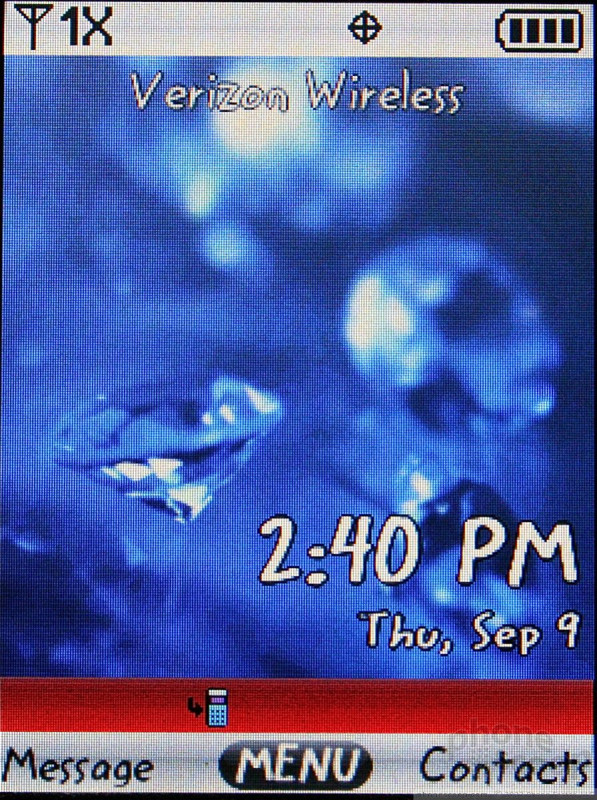










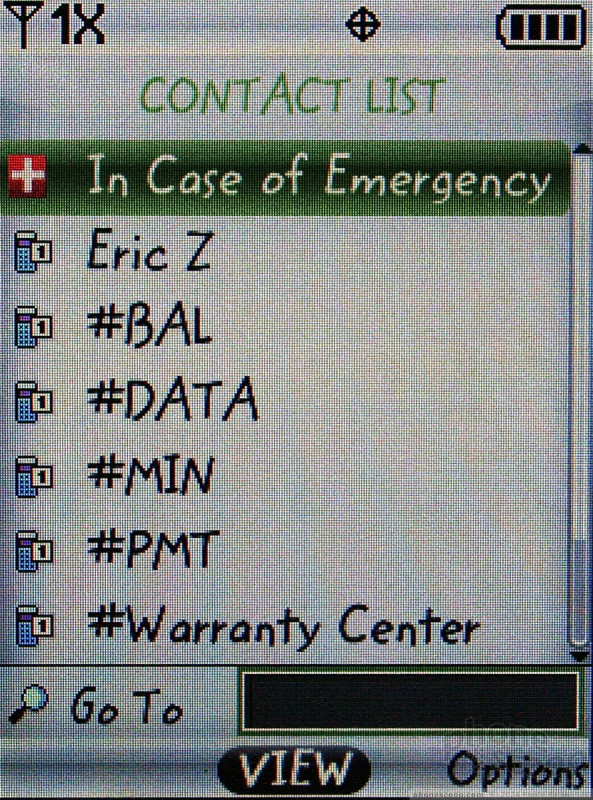



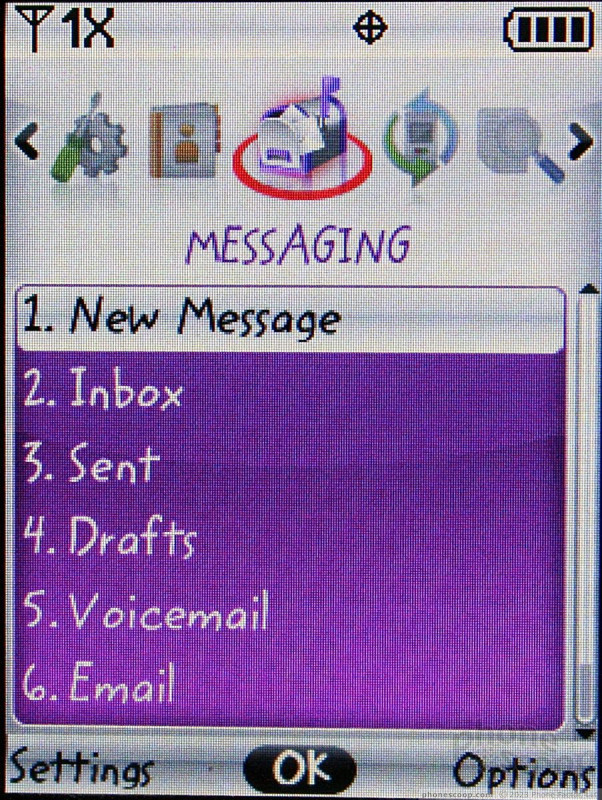








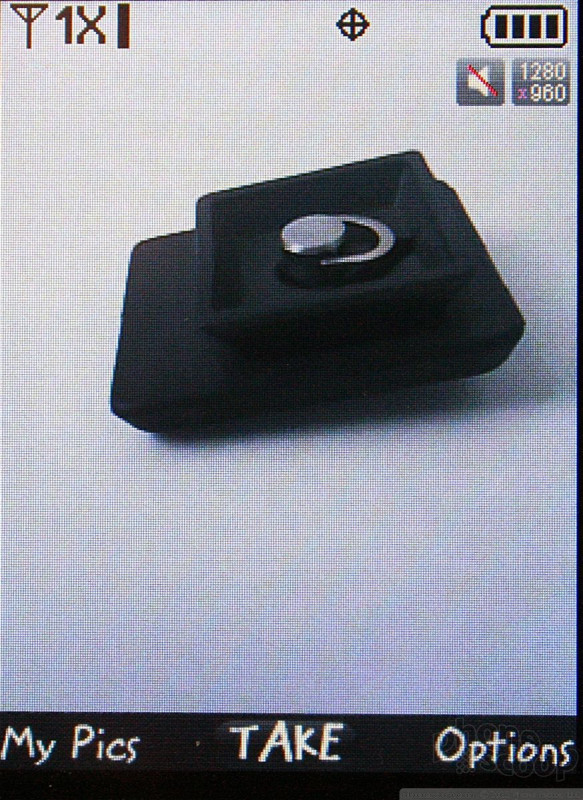



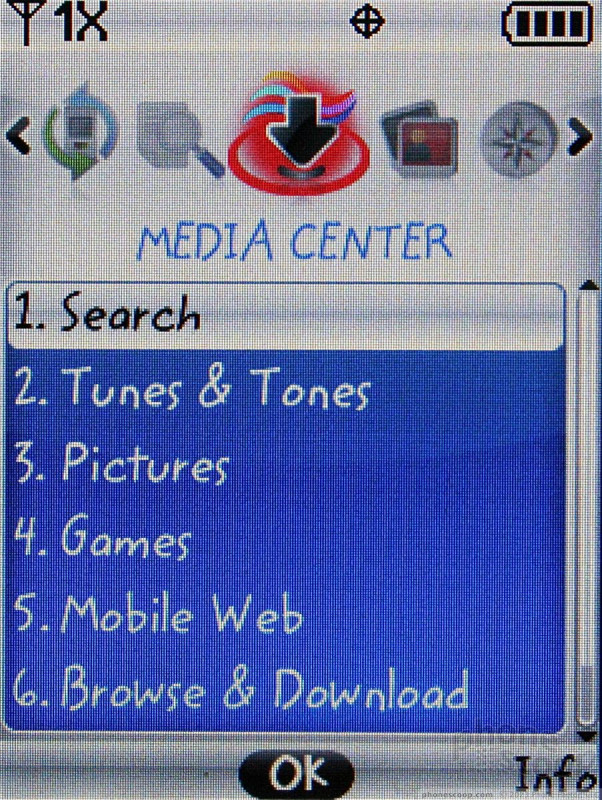





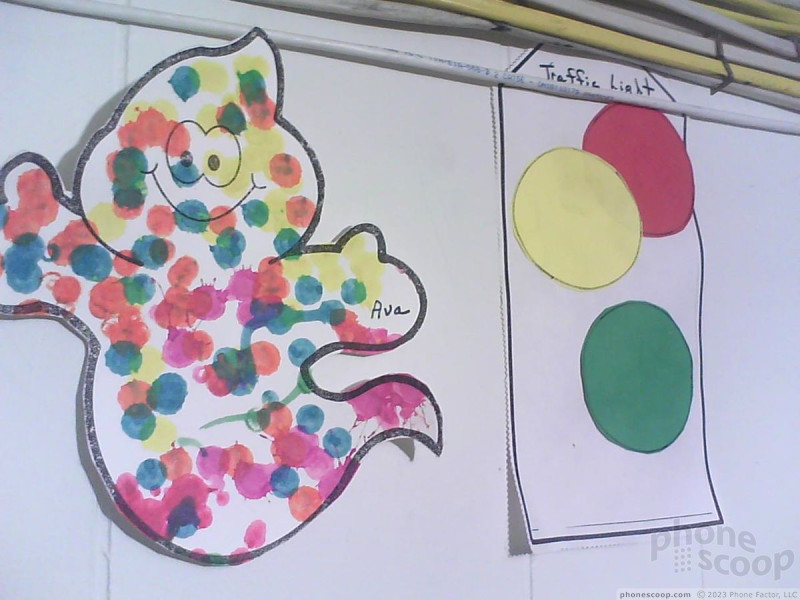














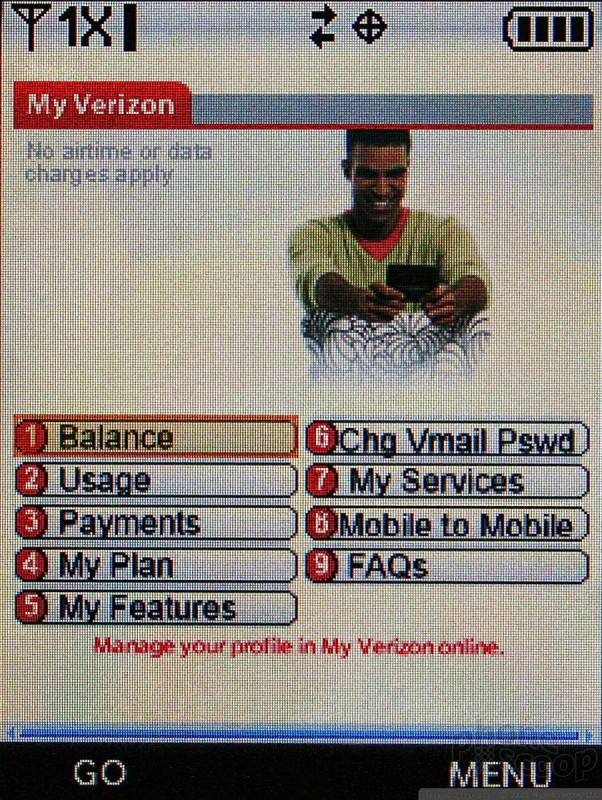




 Hands On with the HMD Fusion and its Smart Outfits
Hands On with the HMD Fusion and its Smart Outfits
 Samsung Puts its Best Camera Yet in the Galaxy S23 Ultra
Samsung Puts its Best Camera Yet in the Galaxy S23 Ultra
 Google's Pixel Fold Goes After Samsung's Z Fold
Google's Pixel Fold Goes After Samsung's Z Fold
 Google Pixel 8 Series Saves the Best for the Pro
Google Pixel 8 Series Saves the Best for the Pro
 Sony Updates its Flagship Xperia 1 to Mark 6
Sony Updates its Flagship Xperia 1 to Mark 6
 ZTE Salute
ZTE Salute


